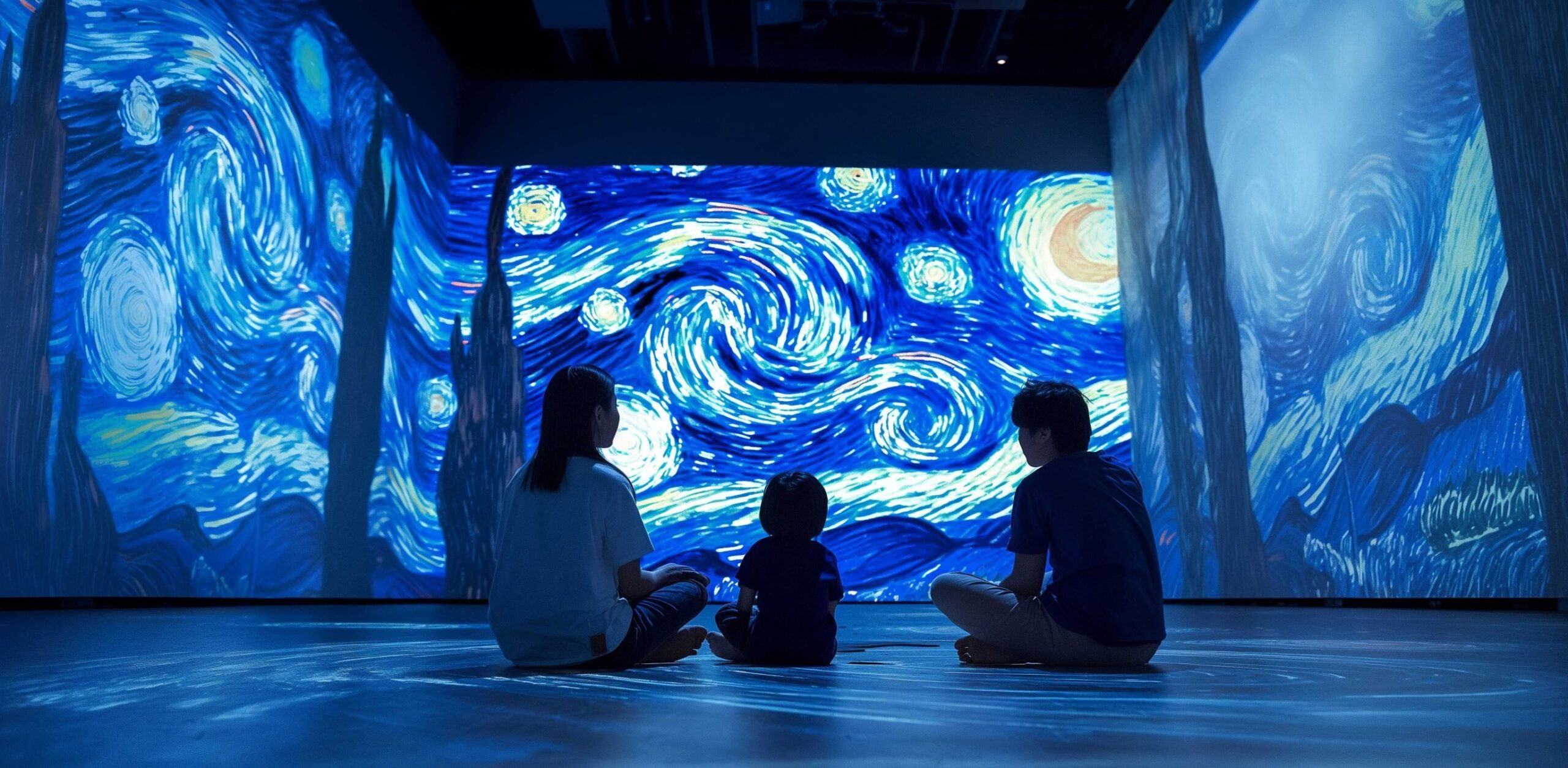Museum lighting: definition
 Museum lighting refers to the systems specifically designed for the display, conservation, and enhancement of artworks in museums, galleries, or exhibitions. It must meet both aesthetic and technical requirements while ensuring the long-term preservation of the works.
Museum lighting refers to the systems specifically designed for the display, conservation, and enhancement of artworks in museums, galleries, or exhibitions. It must meet both aesthetic and technical requirements while ensuring the long-term preservation of the works.
The Purpose of Museum Lighting
Lighting in museums is not just about visibility. It plays a key role in how artworks are perceived and preserved.
Balancing Enhancement and Protection
Effective museum lighting should:
- highlight details, textures, and colors of the artwork
- create an atmosphere that supports the exhibition’s narrative
- minimize the risk of damage caused by light (UV, infrared, heat)
In the context of art transportation, these requirements may also apply temporarily during traveling exhibitions or private showings, where appropriate lighting remains essential for conservation.
Techniques and Equipment Used
Museums rely on precise lighting technologies tailored to each type of artwork and exhibition space.
Common Lighting Solutions
Typical systems include:
- LEDs with controlled spectrum and high color rendering index (CRI)
- Track lighting systems for adjustable and directional illumination
- UV filters and dimmers to protect sensitive materials
Lighting can be diffuse, focused, or framed, depending on the desired visual effect : immersion, contrast, neutrality, or dramatization.
Notable Example: Chauvet Cave 2 – Ardèche, France
The replica of the Chauvet Cave, opened in 2015, is a landmark in museum lighting design.
Lighting designers from the agency Ponctuelle used specialized LED systems to reveal the fine details of prehistoric wall paintings without causing damage.
The lighting guides the visitor’s journey, highlights key elements, and recreates the original cave atmosphere while respecting strict conservation requirements.
